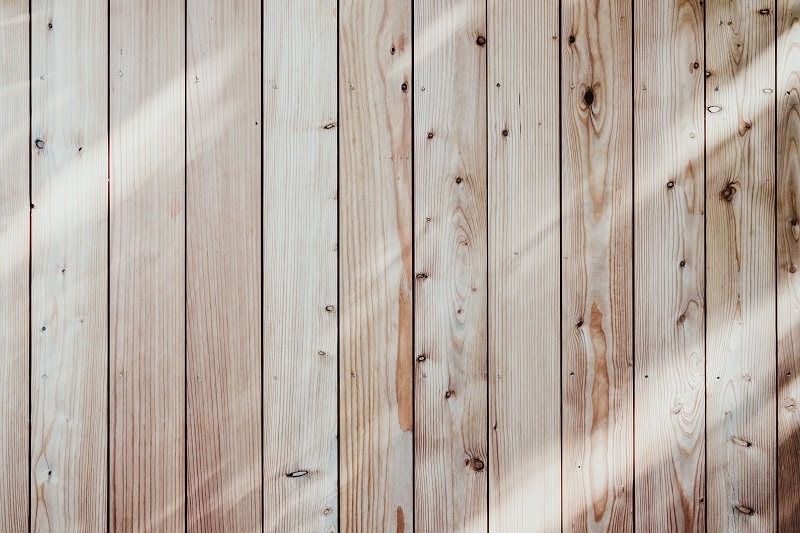How to keep your exterior woodwork looking new
Published: 28/07/21 By: Mike Bekin
Whatever type of timber your exterior woodwork comprises, whether it’s cedar, redwood or exotic hardwood, proper care and regular maintenance is the only way to keep it looking immaculate in the long term. Staining and sealing wood is the best way to keep any wooden structure looking its best and protected from the elements all year round. Here we will look at the different options available for protecting your exterior woodwork:
Wood Stains
The most commonly used product to protect exterior wood is an all-weather grade penetrating stain. You will find these available in both water and oil-based formations. The resins penetrate the wood to block out the harmful effects of the great British weather while still allowing the natural wood grain to stand out and keep its natural wood effect. In addition, some wood stains contain an ultraviolet light absorber to protect the wood from sun bleaching (also known as weathering)as well as containing mildewcide to inhibit bacterial growths.
Sealants
The second product we would recommend you consider is a film-forming sealant that bonds to the surface of the wood in a similar way to paint. Also available in water or oil-based finishes, these products give a higher gloss finish to the wooden structure while still allowing the natural wood grain to show through and giving a silky and smooth yet durable finish. It’s worth noting the only way to maintain the coat further is by applying another coat in the near future to keep the wood in good condition. Sealants with pigments can be added to adapt the shade of the wood and to add UV protection. If your exterior woodwork is in a high traffic area, sealants should generally be avoided due to wear and tear through the film.
Water or Oil Based?
So, we’ve mentioned that both of the above products are an excellent choice for protecting any exterior woodwork and that they are both available in water and oil-based options, but what’s the difference? Well, water-based coatings are generally reported to be easier to use, don’t have a strong odour and are easier to clean up. However, by contrast, oil-based products last longer. This is because of their formulation which requires fewer coats to get the required protective coverage your wooden structures need and give longer-lasting protection than the water-based alternatives.
When should I treat wood?
This will depend on the type and age of the wood, but new pressure-treated wood should be allowed to dry before any staining or sealing is carried out as a general rule of thumb. Even if you are treating new wood from Ecochoice or any other supplier that you have purchased for a project, it’s recommended that the wood is thoroughly cleaned to remove any mill scale that can cause the stain to float and run off the wood as it cannot be absorbed.
However, it’s another story if you are using weathered wood that has been bleached by sunlight over time, causing the surface to go silver-grey. In this case, before applying any treatment, we recommend that you pressure wash or sand the surface to prep the surface before staining or sealing the wood.
We hope you have found this article helpful in understanding why you should treat your exterior woodwork. We want the structures you build with our FSC certified timber to last, and by maintaining the wood surface with protective coats, you can be sure it will stay looking as good as the day it was installed for years to come.
Tags: Softwood, Timber, Treatments
Categories: Insights
